
The new car sales winners of 2024: Toyota, Mitsubishi, Ford, BYD, Suzuki, GWM and more!
The Australian new car market is more competitive than ever before and the 2024...
Browse over 9,000 car reviews

Why is the annual national road toll increasing despite cars being safer than ever before?
CarsGuide spoke to road safety policy makers and accident experts who know why more people are losing their lives, and they have revealed new tech coming to cars that will force us to slow down.
The number of deaths involving motor vehicles on Australian roads in the 12 months to March this year is up by 5.9 per cent according to the Federal Government’s latest report. That’s 1204 people who have lost their lives, which is 67 more compared to the previous year. What’s not accounted for here as well is the massive number of those who were severely injured or left disabled following an accident.
You could argue the increase is connected to removal of COVID-19 restrictions and seeing motor vehicle use return to pre-pandemic levels. That may account for the increase over the past 12 months. But even if you look at the data over the past five years, fatalities have increased by 4.2 per cent from 1155 in the 12 months to March 2019 - a year before the pandemic hit.
Breaking down the latest figures, of the 1205 deaths, 557 of those were drivers and 189 were passengers, 246 were motorcyclists, while 189 were pedestrians and 40 were cyclists.
New cars these days are built from high strength steel and packed with airbags galore protecting the driver and passengers. And in the past five years we’ve seen safety technology such as autonomous emergency braking (AEB) becoming a standard feature.
The peak independent crash safety body for Australia and New Zealand - the Australasian New Car Assessment Program (ANCAP) - has been advocating for improved design and technology to reduce fatalities for 30 years.
For a vehicle to be awarded the maximum five-star ANCAP crash test rating it must meet strict criteria from actual impact assessment to onboard safety technology.
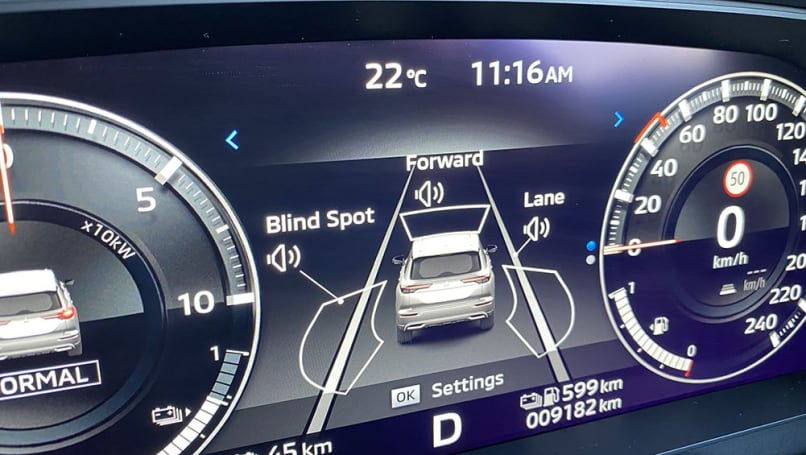
Car manufacturers take the results seriously and know a star rating of less than the maximum five could severely affect sales. ANCAP’s criteria has become stricter over time, raising the standard.
So with advances continually being made to vehicles, why is the road toll continuing to climb?
ANCAP CEO Carla Hoorweg says older cars are part of the reason for the rise in deaths.
“While safety improvements continue to enter the fleet through the injection of newer, safer vehicles, older vehicles remain a problem, “ Hoorweg says. “It is the older vehicles – those 10-years old or more - that are involved in the majority of fatal crashes.
“If we’re to see significant inroads made to reduce the number of lives lost on our roads, we all need to work together to come up with innovative ways to encourage consumers to prioritise the purchase of a newer vehicle to take advantage of the safety benefits they provide to all road users.”
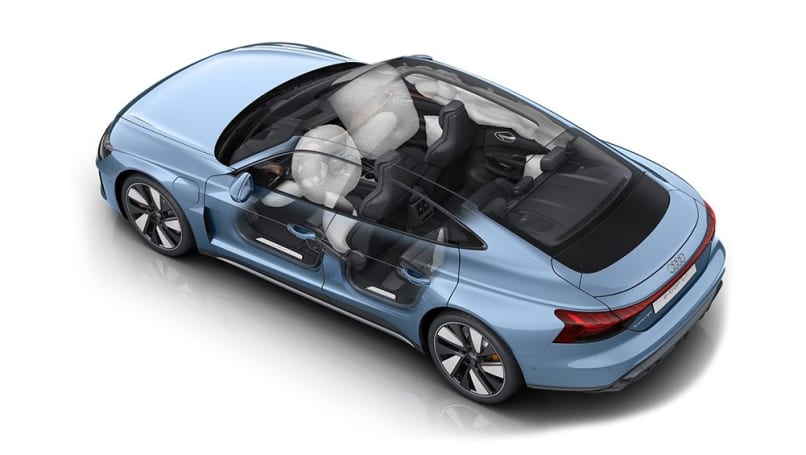
I’d say living is pretty high on most people's list of priorities, but not everyone can afford to buy a brand-new car. The most affordable new car on the Australian market, the Kia Picanto, will still set you back at least $16,000 before on-road costs and not only is it tiny and not big enough for a family, but its ANCAP rating is four stars.
There are other experts who argue that older vehicles are not the main cause of fatal accidents nationally.
Dr George Rechnitzer is an Australian forensic engineer who has been piecing together car accidents for decades. Rechnitzer is an adjunct professor at both the University of NSW and Monash University lecturing in Transport and Road safety and Forensic Medicine.
Rechnitzer says there are many contributors in fatal accidents in Australia, from pedestrians not being aware of their environment and heavy trucks sharing the same space as passenger cars, to road designs not being adequate both in signage or engineering.
“There are layers of issues which need to be dealt with that aren’t,” Rechnitzer says
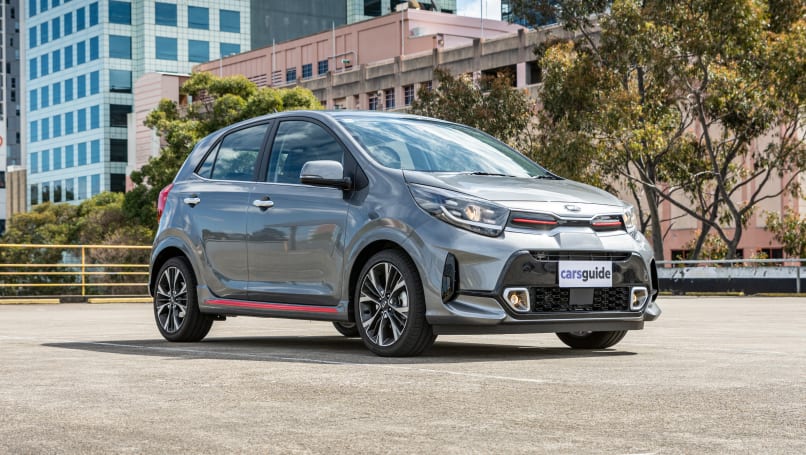
But there is one contributor that stands out Rechnitzer says - excessive speed.
“It's a privilege to drive and we've indulged everyone with the ability to accelerate to whatever speed you want,” he says. “We are tolerant of such lunacy on our roads. The weakest and most dangerous link we have is any driver being able to place their foot on the accelerator to reach any speed. That’s just extraordinary.”
Rechnitzer says speed cameras don’t work either.
“They’re ineffective systems to control that right foot.”
Rechnitzer says the introduction of technology which will automatically slow a vehicle to the speed limit, as seen overseas, would greatly reduce fatal road accidents. Since 2022 the European Union has ruled that all new cars sold must be fitted with technology that will prevent a car being driven over the speed limit. The system known as Intelligent Speed Assistance (ISA), however, can be ‘overridden’ by the driver who can deactivate the function if it decelerates in error.
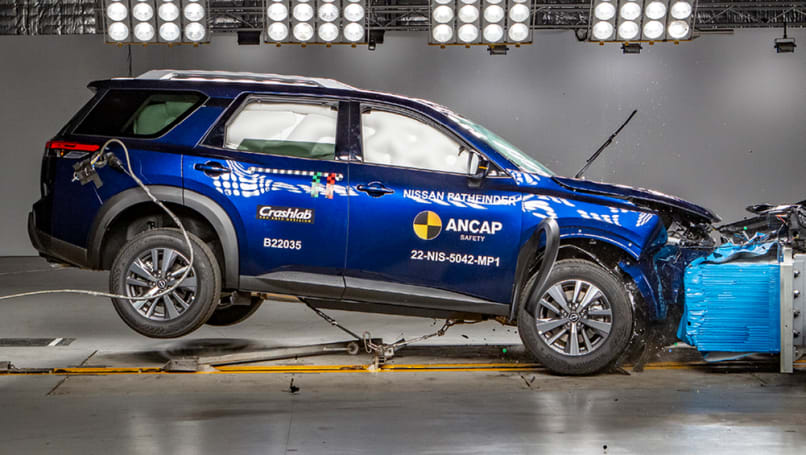
“Now, what I'm recommending is a much tougher system because in Europe for example, you could override the system,” he says. “ I’ve done a lot of workplace safety. And here you eliminate the hazard and design out the risk but the weakest part of safety is just telling a worker to be careful - don’t do this or don’t do that.”
Rechnitzer’s colleague, Emeritus Professor Raphael Grzebieta agrees that speed safety systems need to be fitted to motor vehicles as part of preventing fatal accidents but goes further and insists that a vehicle's telemetry must be made available to police following an accident.
“Police to date in Australia still can’t access some vehicle’s black boxes because the manufacturers won’t let them, whereas in the United States and the European Union they have legislation which mandates that they must have access to them,” Grzebieta says.
But while speeding is a major cause of fatal accidents, Grzebieta also agrees that there are many areas which need addressing to lower the road toll.
The first on his list is road design. The Australian Road Assessment Program (AusRAP) rates Aussie roads. A five-star road has the safest design and engineering while a one-star is severely inadequate.
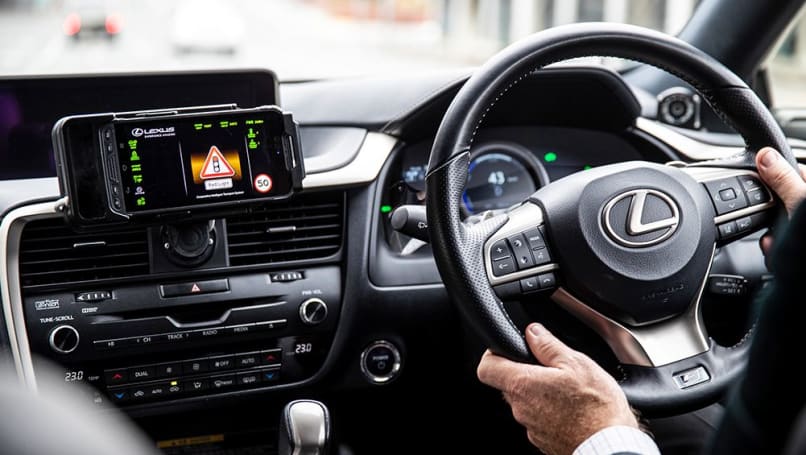
“The first on my list is any road which has three stars or less should not have a speed limit of more than 80km/h, ” he says.
"If you're in a five-star ANCAP car with your seatbelt on and you hit something solid, the vehicles are designed for survivability up to 80km/h, beyond that you probably won’t survive.
"There are lots of narrow roads set to 100km/h in rural areas even 110km/h in the back of NSW. They are not tuning the speed limits to the survivability of vehicles and of pedestrians and vulnerable road users. That’s one thing I would change overnight and I wouldn't care how many people pushed back on it.
“Number two would be heavy vehicles and the number of hours the people who drive them have to work. In Australia the maximum number of hours you can work in a two week period is 144 hours. In Europe it’s almost half that. We need to adopt the European regulations for heavy vehicle driving.
“Third is alcohol consumption by motorcyclists. That should be .02 not .05. At .05 motorcyclists have 200-400 times the risk of a normal car driver who hasn’t consumed alcohol. You are literally guaranteed to crash at anything just under .05.”

Grzebieta also points to the structural integrity of our cars, and says ANCAP isn’t doing enough to ensure vehicle roof design is adequately safe.
“The greatest contributor to spinal injuries is roll-over crashes. When a vehicle rolls over the roof needs to be strong, seat belts are pretensioned and the air curtains fire to prevent ejection. This has been adopted in the US and we should be accepting it in Australia. It’s all about costs so they won’t use the thicker high strength steels in the vehicles.
“Next is to reduce the national road law for urban speed limit from 50km/h to 40km/h. I’m talking about the small ones where kids play and we walk our dogs… If you’re travelling at night at 50km/h with low beam headlights and hit somebody there is roughly a 40 per cent chance you’ll kill them. At 40km/h you will seem them and be able to reduce your speed to 30km/h which is survivable.”
Finally there is distraction - this is a big one partcularly distraction by mobile phones. The telcos need to be held responsible here.”
Grzebieta explains that while the road toll may appear to be going up, it’s more likely stagnating, which is not good either - it means we’re maintaining the same number of per capita deaths as the population increases.
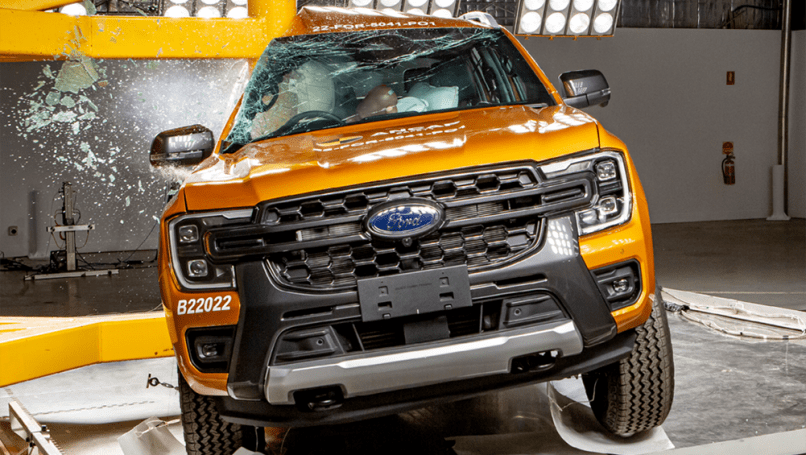
“The number to look at in reviewing this is the per hundred thousand population and if you see a rise in that then you have got a problem.”
Taking this advice on board and looking at the Federal Government’s latest report, the annual deaths per 100,000 population up to March 2023 was 4.6. In the 12 months to March 2020 just as the COVID-19 pandemic hit Australia the number was 4.5.
A small increase, but a long way off the targets Australia has set itself for fewer road deaths.
All states apart from the Northern Territory have committed to reducing road deaths to zero by 2050. Given the continual increase in the number of fatalities, it’s a target that seems impossible to hit in a century let alone in just over 25 years.
New South Wales is the only state in Australia where the road toll is heading down each year. In 2019 the toll was 361 and in 2023 it was 289. NSW has also set an early target of 30 per cent reduction of 2020’s deaths and serious injury toll by 2030.
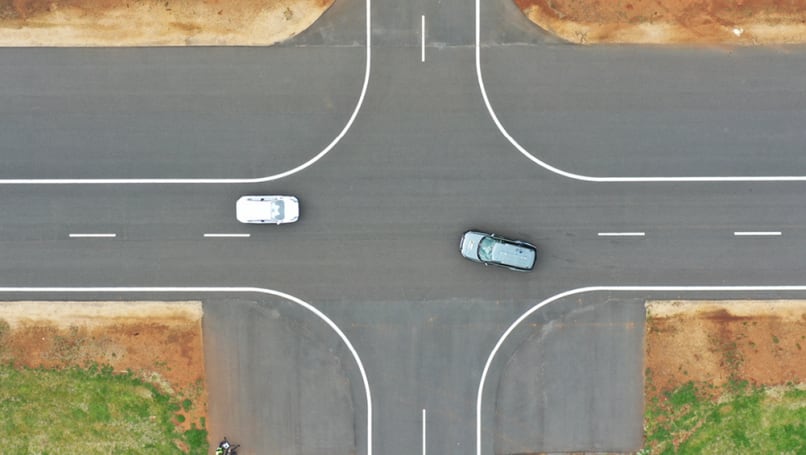
Transport for NSW deputy secretary for safety, environment and regulation Sally Webb says safety tech is saving lives but it’s about more than that - it’s about better roads, engineering, infrastructure and education.
“Any death or serious injury on our roads is one too many, which is why we are committed to our goal of reducing road trauma to zero in NSW,” Webb says.
“Technology alone cannot solve the issue of road trauma. This is why it’s important to take a holistic approach to road safety. At Transport, we adopt the Safe System approach, which takes an all-inclusive view of the transport network, including the interactions between people, vehicles, and the road environment.
“To help bring down road trauma, we are focusing on making roads safer, ensuring appropriate speed limits are set, encouraging the uptake of safer vehicles, and promoting safer road decisions among people to encourage an overall behavioural change.
“Road safety is a shared responsibility. We need everyone to make safe and responsible decisions on our roads, so everyone makes it to their destination safely."

The takeaway from all of this that the national road toll is slowly creeping up and the reason why contains many layers of complexity from the mechanical, such as the age and condition of cars, the engineering in terms of the road design, to the uniquely human weaknesses when it comes to distraction from mobile phones and the struggle to resist the temptation to go faster.
We talk about the toll in terms of figures and it’s easy for it to be thought of as just a statistical exercise, but 1204 Australian families lost loved ones in car accidents in the past year and thousands more are now living with a severe disability.
Roads need to be better but so do our attitudes to driving. With all the restrictions that we live with and accept daily from gun control to wearing special shoes to go ten pin bowling I still think it’s wild that we are allowed to pilot our 1.5 tonnes of metal around all by ourselves. I don’t want to lose that right, we’ll never get it back.
So I think better and continual education in how to drive and the dangers involved is essential to keeping the privilege.
From 1965 to 1982 the annual national road toll for Australia never fell below 3000 and that’s with far fewer cars on the road, so we are headed in the right direction - it just might take us longer to get to zero than we think.
Comments